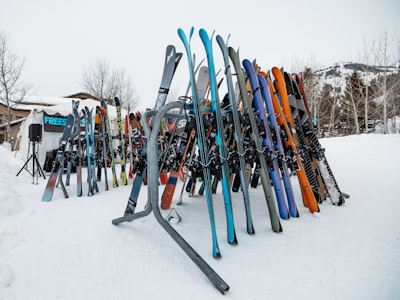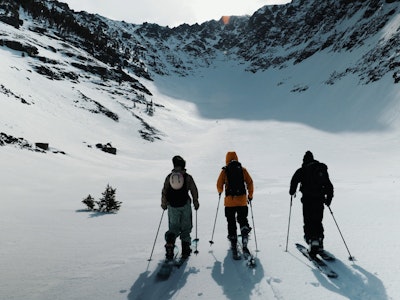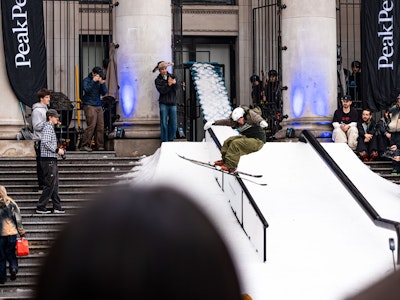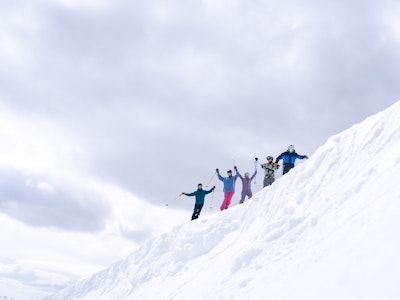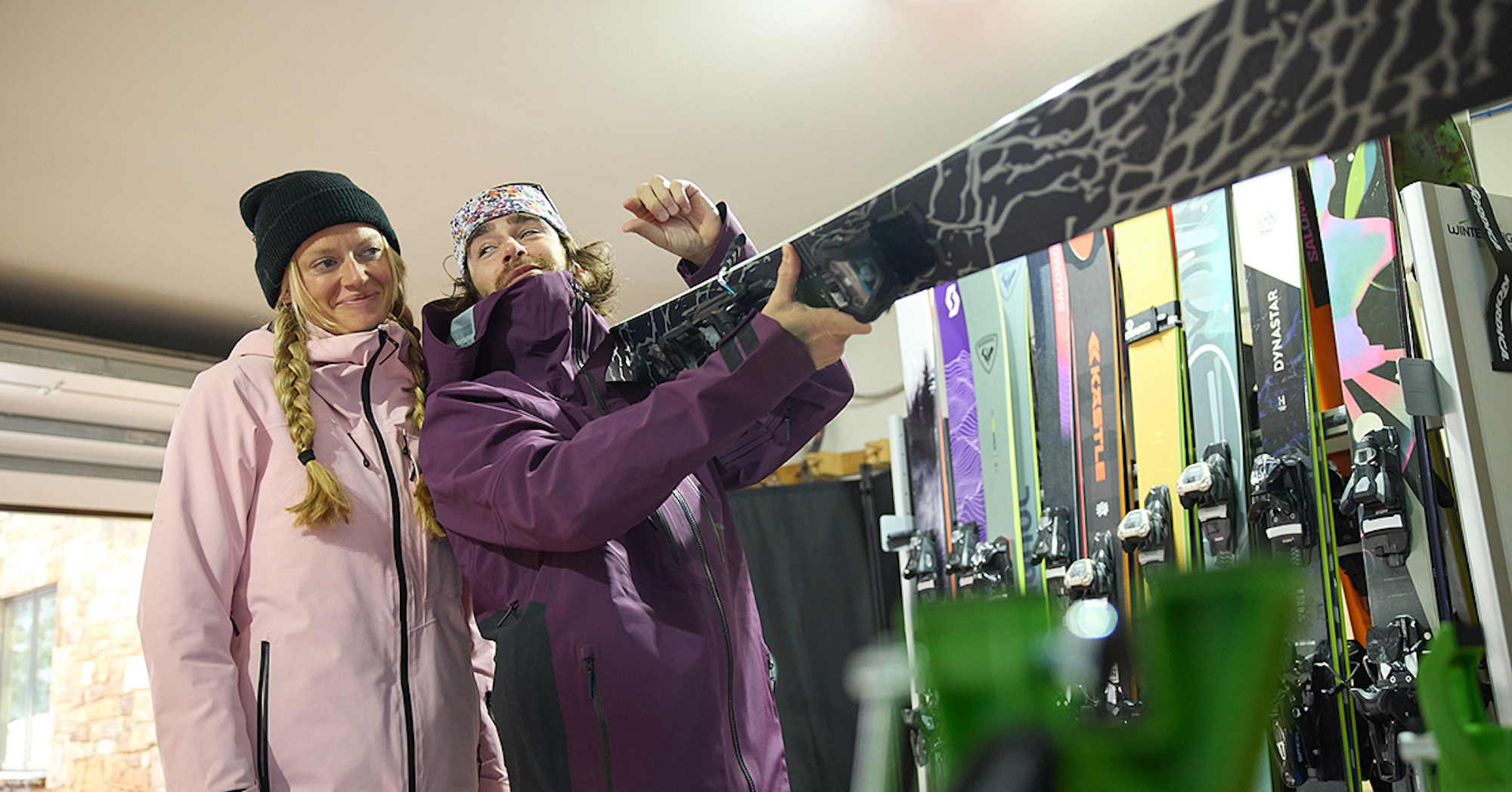With so many well-crafted and highly nuanced skis on the market, selecting the right pair can be an overwhelming process. Fear not! We’re here to help break down the terms commonly referred to in marketing and reviews so you can better understand what you need to evaluate before you drop in on your next big purchase.
Core Materials
Skis are constructed from various materials, including different types of wood, metal, carbon, and fiberglass. Each material impacts the ski’s weight, flex, and overall performance.

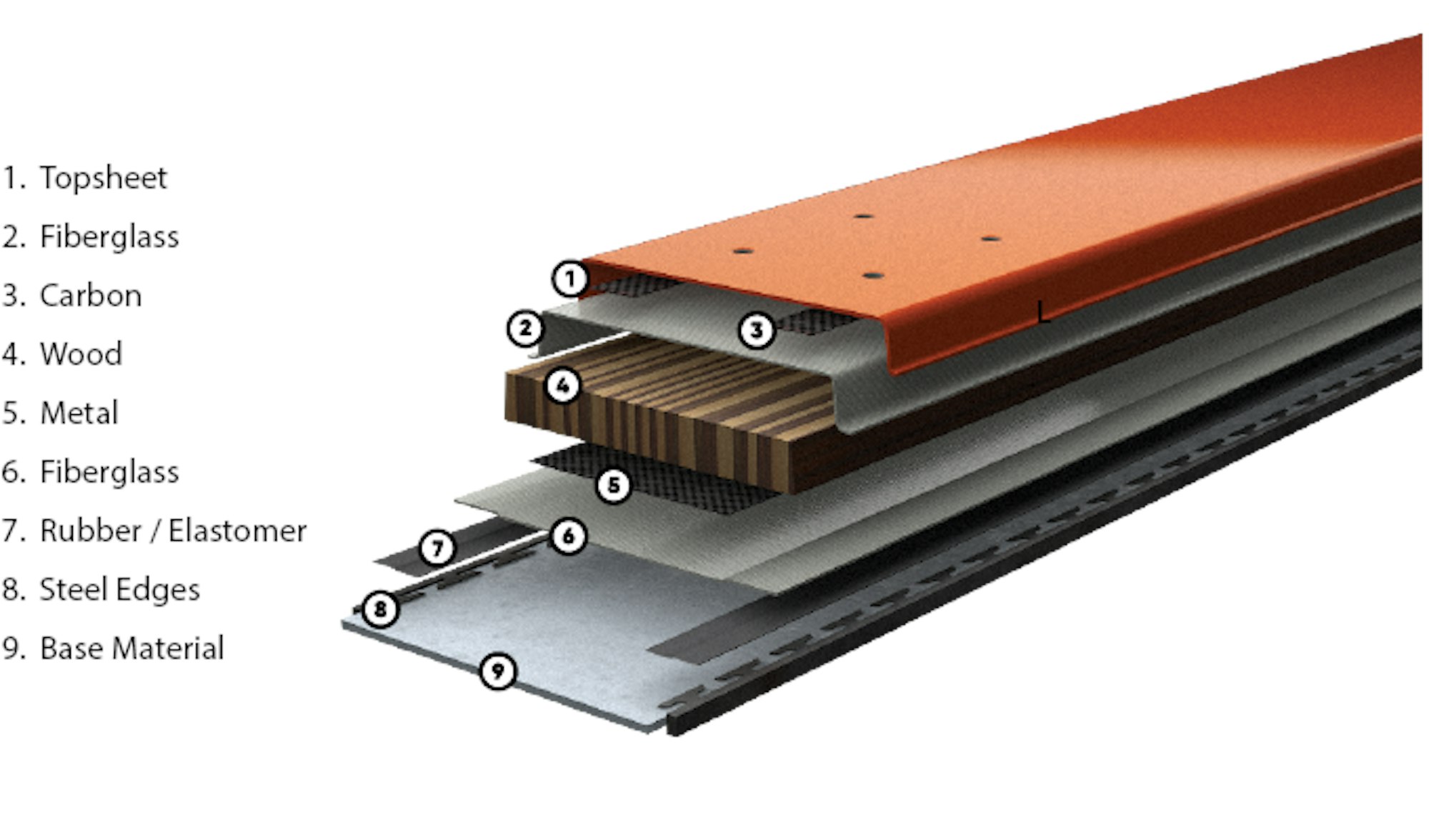
Carbon: Strong and energetic for its weight, carbon is favored by backcountry ski manufacturers. Increasingly, you’ll find carbon stringers in alpine skis to add pop and stiffness without the weight of fiberglass or metal.
Fiberglass: A stiff, yet elastic sheet epoxied around the wood core, fiberglass makes up 50-80 percent of your ski’s stiffness. This damp material provides great pop when engaged and it’s cheap, a primary reason ski manufacturers love the stuff.
Metal: Titanal, an aluminum alloy, is used to add stability, energy and torsional rigidity to skis. It’s nothing new to the ski world, but manufacturers are now milling it in creative shapes and cutouts to better tune the weight and flex throughout the length of different ski models. Skis with Titanal tend to be damp and very stable at high speeds.
Wood: Ski cores are built with different types of wood to offer a balance of weight and durability, while carbon and metal layers add stiffness, damping, and stability.


Sidewall Construction
The sidewall runs along the left and right side of the ski, sitting above the base, below the topsheet and adjacent to the core. There are multiple types of constructions used to build sidewalls, and each will have an affect on the main functions of the sidewall which are to protect the core and help transfer energy to the edge.
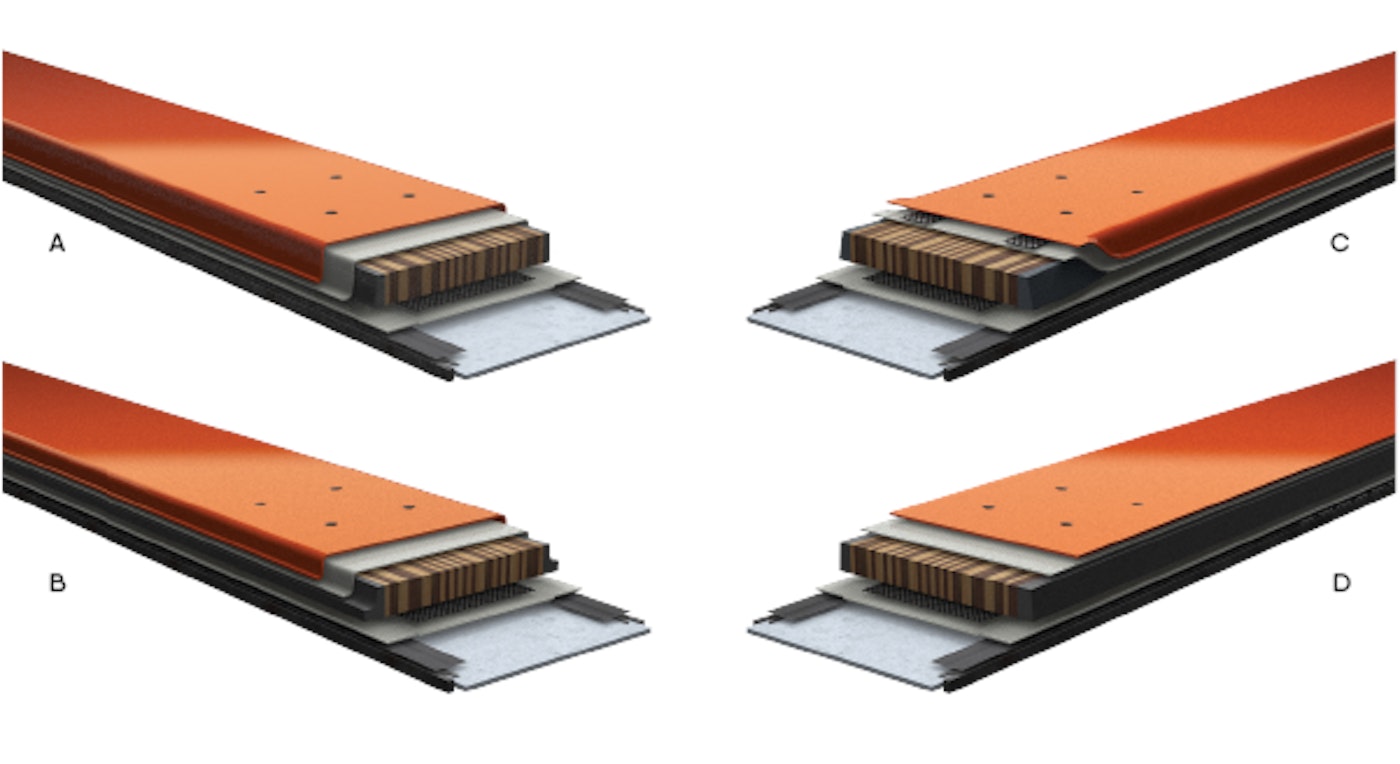

[A] CAP: The topsheet runs down over the edge of the ski creating a “cap”. This is an economical build that is lightweight, and promotes energy transfer to the edges while being durable, due to its rounded corners.
[B] HALFCAP: A combination of an upper cap and lower sandwich construction. The result is a combination of weight savings with power and dampening.
[C] HYBRID: To provide the best ratio of swing weight savings and dampening underfoot, generally, ABS or UHMW plastic sidewalls are used underfoot with cap in the tip and tail.
[D] SANDWICH: The perimeter of the ski is built entirely with ABS or UHMW sidewalls, yielding the most dampening and power, with slightly more weight.
Dimensions and Shape
The shape of a ski is defined by its width at the tip, waist and tail. The waist width is often the best place to start when shopping for new skis as it relates to the type and depth of snow you’ll be skiing on. Skiers who often ski on hard-packed conditions will want something in the 80-95mm range of waist widths as the narrower width will give you more control. Those who ski a mixture of hard and soft snow can bump up to 95-105mm and those who want something that’ll float in fresh snow should be looking upwards of 105mm.
Taper
While a nice, large tip can keep a ski afloat, the downside to a wide tip or tail is that the edge can get caught up or “hook” in the snow as you work your way through a turn. To combat this, some ski tips and tails are tapered, meaning the widest part of the tip or tail is slightly closer to the center of the ski, reducing the effective edge, as well as the chance of catching on the snow when you don’t want it to.
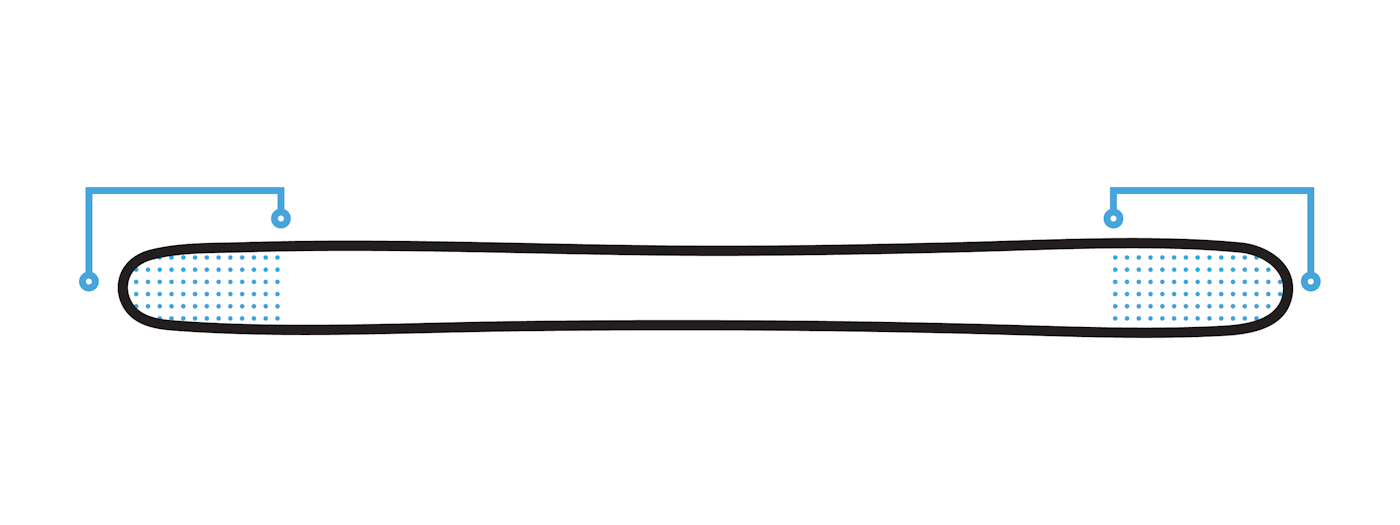
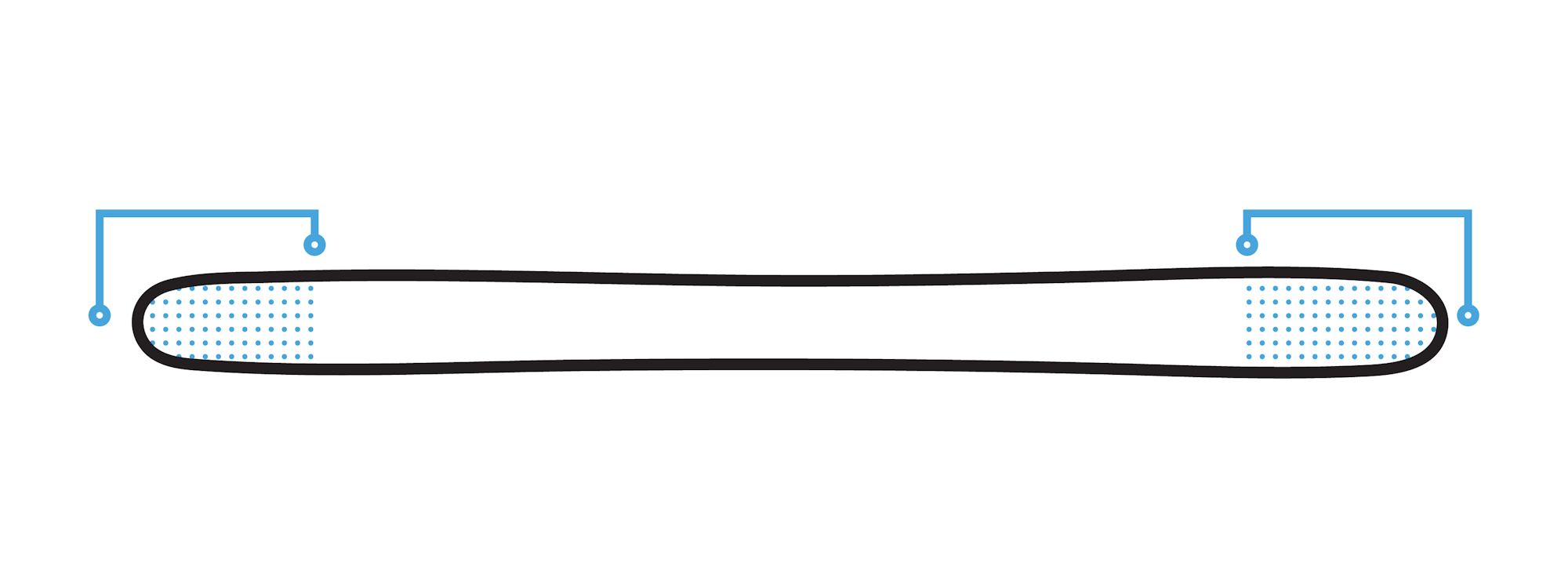
Turn Radius
The distance between the center and perimeter of a circle is the radius. In theory, if you were to ski a perfect circle around a center point using a handful of different ski models, you’d get several circles of varying sizes. A ski’s sidecut and stiffness establish the size of its circle. Stiffer materials combined with less sidecut yield a larger turn radius, or a larger circle; softer materials and deeper sidecut create the opposite.
Skis with a lower turn radius, in the 16-meter and below range, carve quick, snappy turns. Those in the 17- to 25-meter spectrum are geared towards maneuvering over varying terrain across all parts of the mountain and terrain park. On the higher end, a radius of 25 meters and above is best suited to arcing huge turns down steep faces
The radius of a ski indicates how quickly it will turn. Skis with a smaller turn radius will easily arc shorter, tight turns and do well in the trees or moguls. Skis with a larger turn radius are designed for higher speeds and wide, sweeping turns down open bowls and wide, empty groomers. In recent years, ski manufacturers have begun implementing multi-radius designs into their skis. This means that you can have multiple turn radii built into the ski from tip-to-tail which allows you to manipulate your turn shape. This means you can use a longer radius in the tip and tail for arcing high-speed turns and a short radius underfoot for quick and snappy carves.
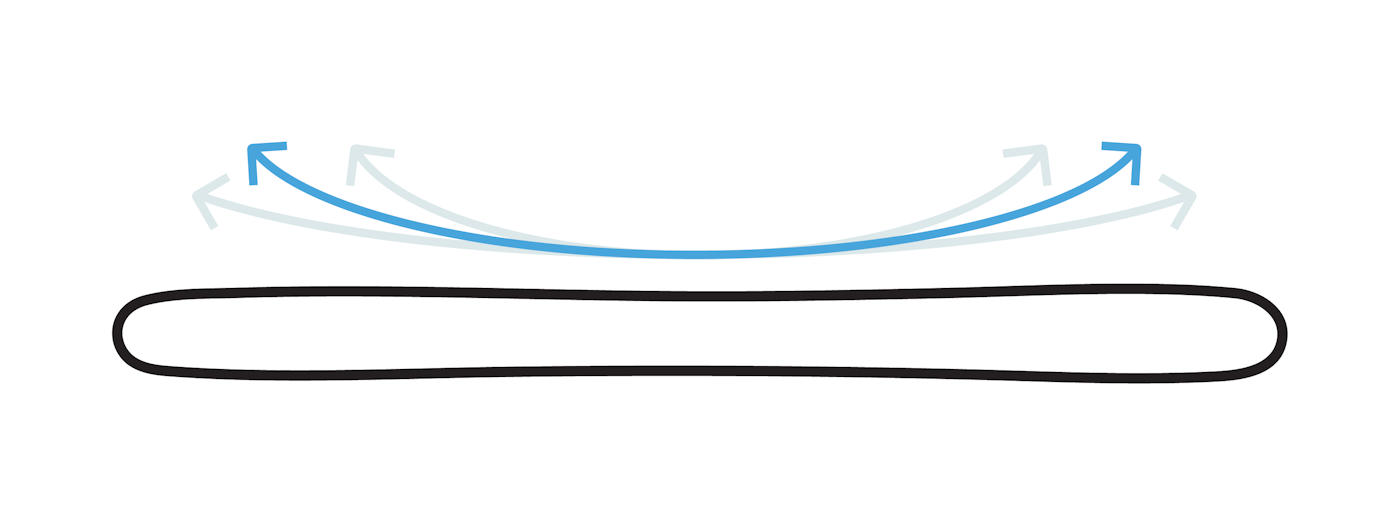

Camber and Rocker
Many modern skis use a combination of camber and rocker for versatility. Camber refers to the arch of a ski when placed on a flat surface. When a skier pressures the ski into a turn, the weight is distributed throughout the cambered section of a ski, creating an effective edge which then carves through the snow.
Rocker, or reverse camber, is when a ski arches upward and away from the snow. It’s most commonly found in the tips and tails of modern skis, though some powder skis are fully-rockered. This design enhances flotation in powder and eases turn initiation which generally leads to a looser, more playful feel.
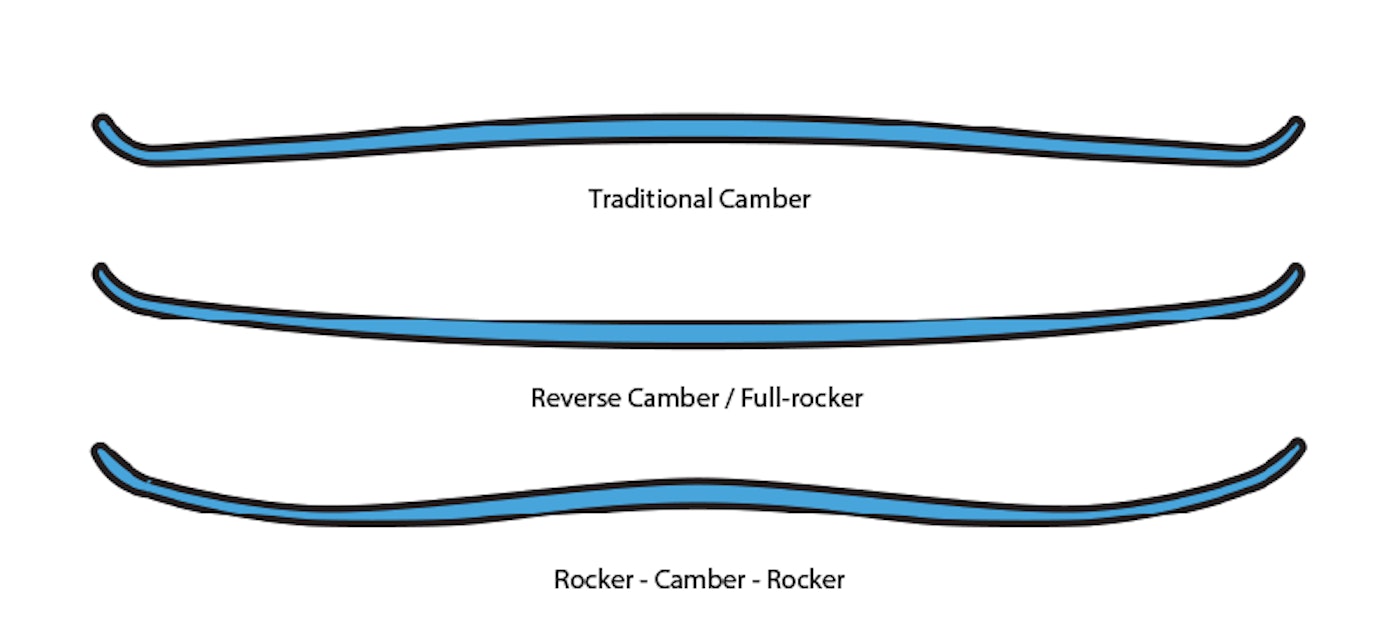
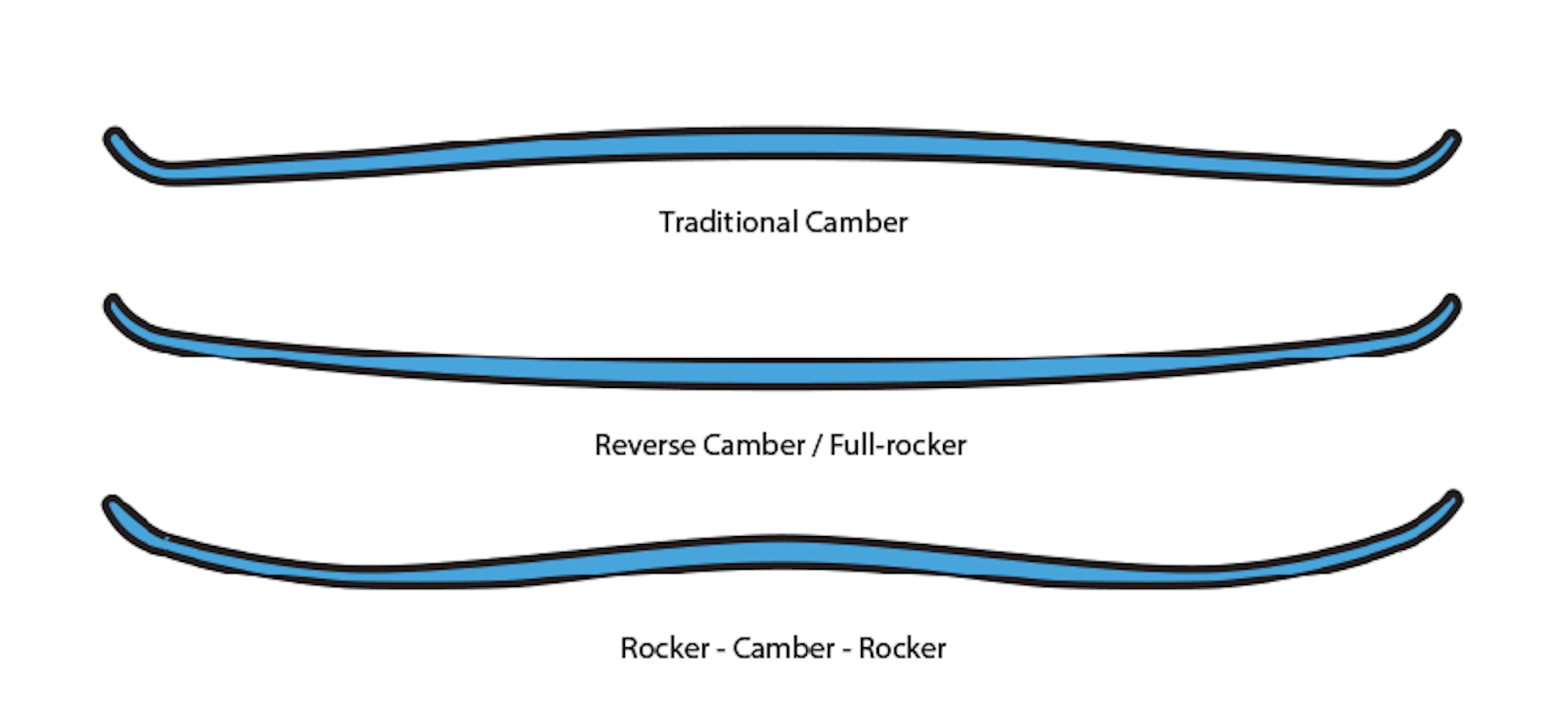
Torsional Rigidity
The amount of resistance a ski has to twisting is its torsional rigidity. A ski that boasts adequate rigidity will hang strong during full-steam, forceful carving down the mountain, ensuring edge hold throughout your turns.
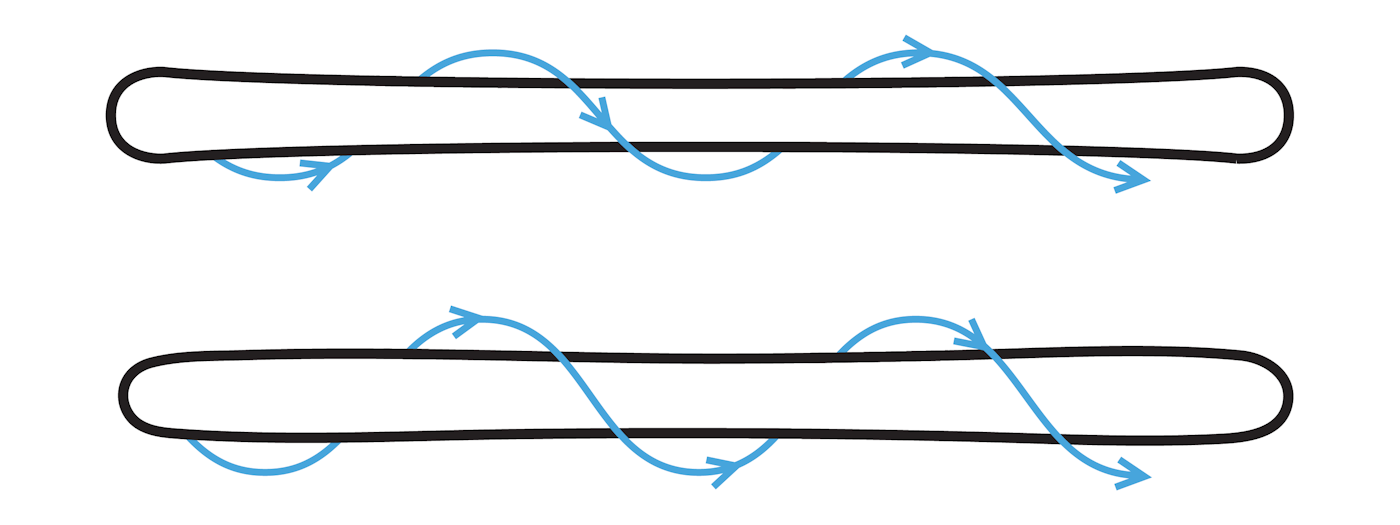
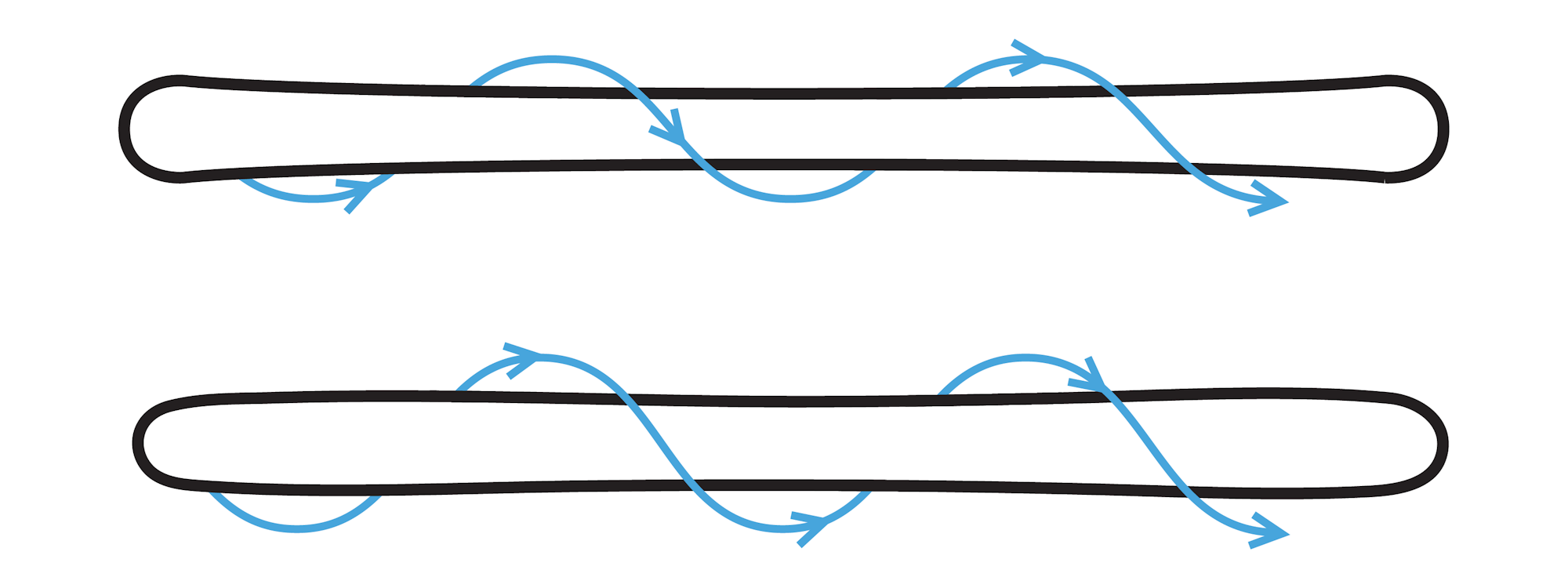

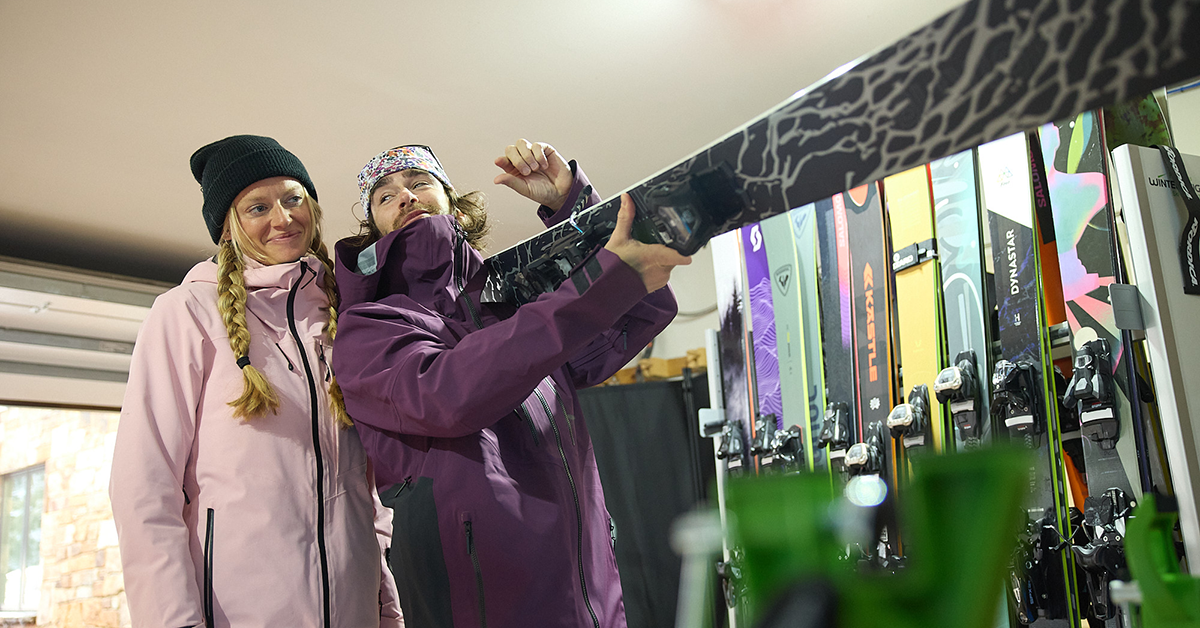
![[GIVEAWAY] Win a Legendary Ski Trip with Icelantic's Road to the Rocks](https://www.datocms-assets.com/163516/1765233064-r2r26_freeskier_leaderboard1.jpg?w=200&h=200&fit=crop)
![[GIVEAWAY] Win a Head-to-Toe Ski Setup from IFSA](https://www.datocms-assets.com/163516/1765920344-ifsa.jpg?w=200&h=200&fit=crop)
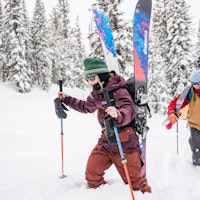
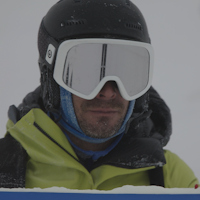
![[GIVEAWAY] Win a Legendary Ski Trip with Icelantic's Road to the Rocks](https://www.datocms-assets.com/163516/1765233064-r2r26_freeskier_leaderboard1.jpg?auto=format&w=400&h=300&fit=crop&crop=faces,entropy)
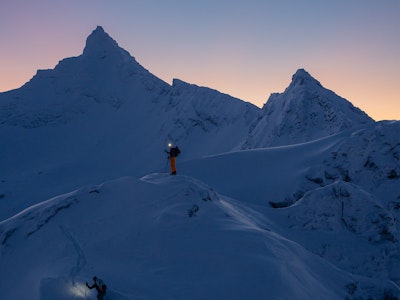
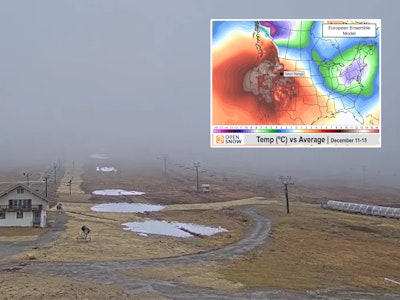
![[GIVEAWAY] Win a Head-to-Toe Ski Setup from IFSA](https://www.datocms-assets.com/163516/1765920344-ifsa.jpg?auto=format&w=400&h=300&fit=crop&crop=faces,entropy)
